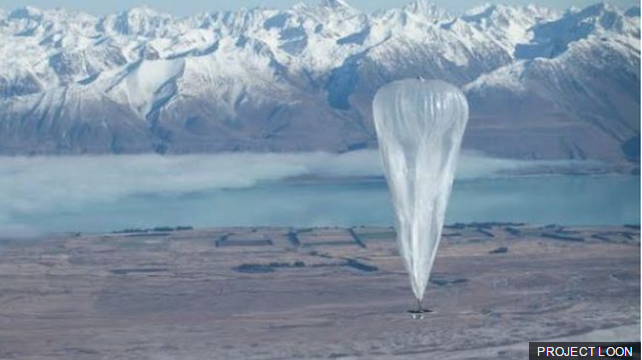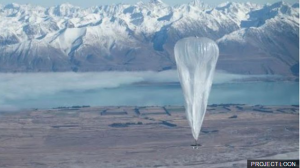
Google hails success of “Project Loon”

The Project Loon team, Part of Google’s X research lab, said it was able to use machine learning to predict weather systems and they are a “Year closer” to rolling out a network with huge balloons to provide high-speed connectivity to rural areas. They have greater control over where its balloons go so that it concentrate on a specific region where Internet signals are weak instead of circumnavigating the globe.
Google’s “ captain of moonshots”, Astro Teller said “ clustering a small number of balloons drastically reduces the cost of the idea and can run an experiment and try to give service in a particular place in the world with ten, twenty or thirty balloons, rather than hundreds needed previously.
Google’s target is to provide connectivity to at least four billion people in the world who now do not have access to the internet, particularly in those difficult-t0-reach rural areas. Rather than undertake huge construction projects to replicate connectivity networks, the firm has experimented with beaming down connectivity from a network of huge, tennis-court sized balloons, which float in the stratosphere around 11 miles high and by lowering or raising altitude, the balloons are able to negotiate different weather streams changing direction. Google thinks it has cracked a way to predict weather accurately to enable balloons to hover over a small area for a prolonged time.
Last year, Google was able to keep a cluster of balloons over Peru for three months.
